Fishing for tiger muskie is a thrilling experience, known for its difficulty and the rewarding fight it offers. This elusive hybrid species presents a challenge to even the most seasoned anglers. Understanding its behavior, the best times to catch it, and the ideal lures and techniques can significantly improve your success rate.
This guide provides you with all the essential knowledge on tiger muskie fishing, covering everything from its characteristics to the best strategies for landing this powerful predator.
What Is a Tiger Muskie?
The tiger muskie (Esox masquinongy x Esox lucius) is a hybrid fish, a cross between a muskellunge (muskie) and a northern pike. This unique predator inherits the best traits from both parent species, making it an apex predator in freshwater environments.
Tiger muskies are known for their aggressive nature, fast growth, and striking appearance, characterized by dark vertical stripes against a lighter body.
They are sterile, meaning they do not reproduce naturally, and are often stocked in lakes by fisheries to control other fish populations and provide sport for anglers.

Tiger Muskie Vs. Muskie Differences
Physical Traits
- Tiger Muskie: Recognized by its distinctive dark vertical stripes and shorter, more robust body. They often have a more pronounced head shape, with a slightly wider jaw compared to pure muskies.
- Muskie: Typically longer and leaner with more scattered, irregular markings. Their body shape is streamlined, allowing them to be highly efficient ambush predators.
Behavior and Habitat
- Tiger Muskie: More aggressive than pure muskies, often found in shallower waters, and more likely to strike at moving lures. They tend to be more active during the day and are commonly found near weed beds, rocky structures, and drop-offs.
- Muskie: Prefers deeper, structured waters and tends to be more elusive. Muskies are known for their “lazy” nature, sometimes following lures for long distances without striking. They are often found in larger, deeper lakes with significant vegetation or submerged timber.
Average Weight & Size
- Tiger Muskie: Typically grows between 30-50 inches and can weigh between 10-30 pounds. Their hybrid nature allows them to grow quickly, but their size is somewhat limited compared to pure muskies.
- Muskie: Can grow larger, reaching up to 60 inches and weighing over 50 pounds. The largest muskies on record have exceeded 60 pounds, making them one of the top freshwater predators.
Which One is Harder to Catch?
- Muskies: Generally considered more challenging due to their solitary nature and wariness of lures. Anglers often refer to muskies as “the fish of 10,000 casts” because of how difficult they can be to catch.
- Tiger Muskie: While aggressive, they can be slightly easier to catch than pure muskies but still pose a significant challenge. Due to their hybrid vigor, tiger muskies tend to strike more often, making them a favored target for anglers looking for a thrilling fight. However, they still require strategic approaches and patience.
When Is The Best Time To Fish Tiger Muskie?
Peak Seasonal Activities
Tiger muskies have distinct seasonal patterns that influence their feeding behavior and catchability. Understanding these peak periods can significantly improve your fishing success.
- Spring (April-June):
As the ice melts and water temperatures rise above 50°F, tiger muskies become more active after a sluggish winter. They move into shallow, warmer waters, feeding aggressively to regain energy. This period, especially late spring, is an excellent time to use jerkbaits, swimbaits, and spinnerbaits that mimic baitfish.
- Summer (July-August):
These months mark peak fishing conditions, particularly during the early morning and late evening hours when tiger muskies hunt in shallower waters to avoid the midday heat. Look for them near weed beds, drop-offs, and structures. Surface lures, bucktails, and large topwater baits work well in these conditions.
- Fall (September-November):
As temperatures drop, tiger muskies enter a heavy feeding phase to bulk up before winter. This is when they are most responsive to larger baits such as glide baits, large crankbaits, and soft plastics. Target them in deeper transition zones near weed edges and rocky structures.
- Winter (December-February):
While tiger muskies are less active in the cold, they can still be caught with the right approach. Slower presentations with large, deep-diving lures, live bait rigs, or suspending jerk baits work best. Focus on deeper, slower-moving waters where they conserve energy.
Water Temperature and Depth Preferences
Tiger muskies are most active in waters ranging from 60-75°F.
Their depth preferences vary by season: in spring, they favor shallow waters (5-15 feet) near weed beds; during summer, they move to deeper areas (15-30 feet) close to drop-offs.
In the fall, they seek medium depths (10-25 feet) to follow baitfish movements, while in winter, they retreat to deep structures (20-40 feet) where the water remains stable.
Best Lures For Tiger Muskie
Using the right lure is critical for successfully catching tiger muskies. These fish are apex predators, often ambushing their prey in weedy areas, near rocky structures, and along drop-offs.
Selecting the right lure type and color based on water conditions and seasonal behavior increases your chances of success.
Top Lure Types
- Spinnerbaits: Effective in weedy areas because their design allows them to glide through vegetation without getting snagged. Their flashy blades mimic fleeing baitfish, triggering aggressive strikes.
- Glide Baits: These lures have an erratic side-to-side motion that mimics injured fish, making them irresistible to tiger muskies looking for an easy meal.
- Topwater Lures: Ideal for warmer months when muskies are actively hunting near the surface. Watching a tiger muskie explode on a surface lure is one of the most thrilling moments in fishing.
- Jerkbaits: These lures are excellent for triggering reaction strikes from reluctant muskies, especially when working with sharp, erratic jerks.
- Soft Plastics: Large swimbaits and rubber lures imitate baitfish movements realistically, making them highly effective when muskies are hunting in deeper waters.
Best Lure Colors
- Natural Patterns (Green, Brown, Silver): Best for clear waters where muskies rely on their keen eyesight to spot realistic-looking prey.
- Bright Colors (Chartreuse, Fire Tiger, Orange): These stand out in murky or stained waters where visibility is low. Bright colors grab the fish’s attention, making them more likely to strike.
- Black & Red: These colors work exceptionally well for night fishing or in low-light conditions, creating strong silhouettes that muskies can easily detect.
Winter Lure Recommendations
Fishing for tiger muskies in winter requires a different approach. The best lures include:
- Slow-Moving Soft Plastics: Large rubber baits such as paddle-tail swimbaits and worms mimic sluggish prey, making them effective for enticing muskies in cold water.
- Large Jigs: Slowly worked along deep structures where muskies hold during winter. Jigging mimics dying fish, a prime target for muskies.
- Dead Bait Rigs: Suspending dead bait under the ice (such as suckers or ciscos) provides a natural presentation and can be deadly for winter muskie fishing. This technique works best in deep holes and along weed edges where muskies patrol.
Top Performer Types
- Bulldawgs: Large, soft plastic swimbaits designed for deep-water retrieval. Their lifelike movement and size make them ideal for big tiger muskies.
- Suicks: A classic jerk bait that remains effective in various seasons due to its unpredictable darting action.
- Mepps Musky Killer: A reliable spinnerbait with large, flashy blades that can attract muskies from a distance, especially in weedy environments.
📌Check out: Dry Fly vs Wet Fly: Which One Should You Use?
Tactics For Successful Tiger Muskie Fishing
Finding tiger muskies can be challenging, as they are ambush predators that move between different depths based on water temperature and prey availability.
Pro Angler’s Techniques
The following techniques can improve your chances:
- Target Structure: Focus on submerged logs, weed beds, drop-offs, and rock piles where tiger muskies hide and wait for prey.
- Use the Figure-8 Technique: If a muskie follows your lure without striking, move your rod tip in a large figure-8 motion at the boat’s edge. This technique mimics escaping prey and often triggers strikes from hesitant fish.
- Slow and Fast Retrieves: Muskies respond differently to lure speed depending on their mood and water temperature. Experiment with both slow and fast retrievals to see what works best on a given day.
- Trolling: Covering large areas of deep water using large crankbaits or swimbaits can help locate muskies when they are spread out.
Gear Essentials
Tiger muskies are powerful fish with strong, sharp teeth, requiring specialized gear to handle their aggressive fights.
- Rod: A heavy-action, 5-9 foot rod is ideal for casting large lures and setting the hook properly. Longer rods also help with figure-8 techniques near the boat.
- Reel: A high-quality baitcasting reel with a strong drag system ensures you can handle the strength of a tiger muskie’s fight.
- Line: Use a 50-80 lb braided line for durability and resistance against sharp teeth.
- Leader: A 12-18 inch fluorocarbon (80-100 lb test) or wire leader is essential to prevent muskies from biting through the line.
Why Are Muskies So Hard to Catch?
Tiger muskies are often called the “fish of 10,000 casts” because of their elusive nature. Here’s why they are such a challenge:
- Low Density: Tiger muskies are often stocked in lower numbers than other game fish, making them harder to locate.
- Smart Predators: Unlike some fish species, muskies quickly learn to recognize artificial lures, making them more cautious about striking.
- Selective Feeding: Muskies have irregular feeding patterns, sometimes refusing to eat for days. Understanding their behavior and adapting techniques accordingly is key to success.
Are Tiger Muskies Good to Eat?
Tiger muskie is an edible fish, but many anglers practice catch-and-release due to their rarity and value as a sport fish. However, those who do eat tiger muskie describe its taste as mild, flaky, and slightly firmer than walleye.
Like other predatory fish, tiger muskies accumulate mercury over time. Consuming them frequently is not recommended.
Moreover, many anglers believe tiger muskies should be preserved for future generations, as they provide an exciting challenge for sport fishing.
Since tiger muskies are hybrids, they do not reproduce naturally and rely on stocking programs. Keeping too many could impact their populations. Thus, in some states, these fish are considered endangered species and can not be caught in any location.
Conclusion
Fishing for tiger muskie is both challenging and rewarding. Understanding their behavior, seasonal patterns, and preferred habitats can significantly improve your chances of catching one. Selecting the right lures and mastering proper techniques are key to landing this elusive predator.
Whether you’re a seasoned angler or a beginner, pursuing tiger muskies promises an exciting adventure and an unforgettable fight. But, remember to check out the fishing season and rules on this species in your state and always use the catch-and-release tactics to ensure a legal fishing experience.
Learn more about fishing:
- Fly Fishing In The Rain Challenges
- Jig Fishing For Trout
- What Size Reel Is Best For Walleye Fishing
- Successful Chicken Rig Fishing
- Bowfishing Tips and Techniques


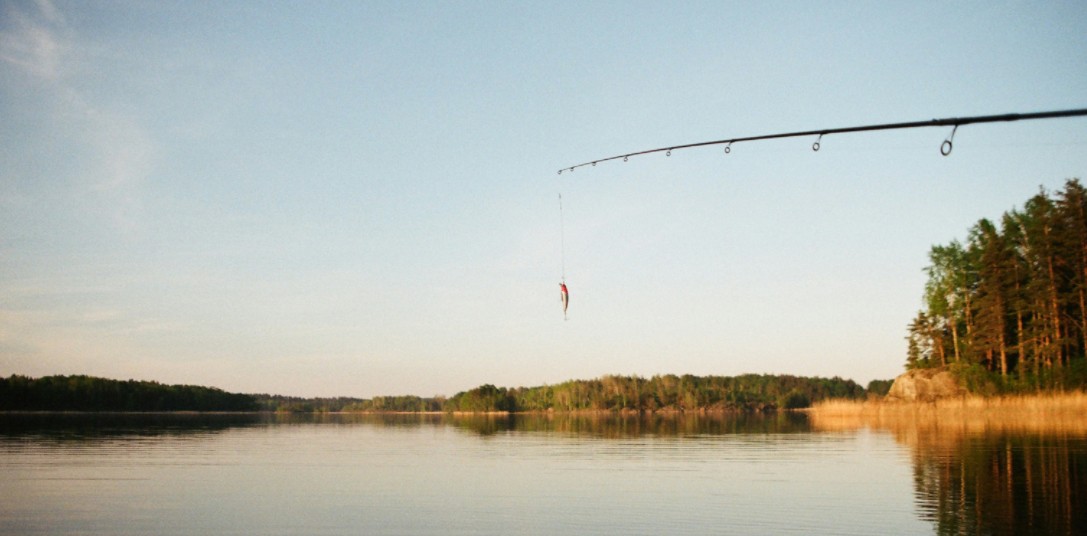
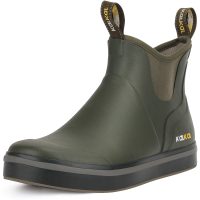


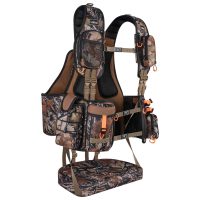





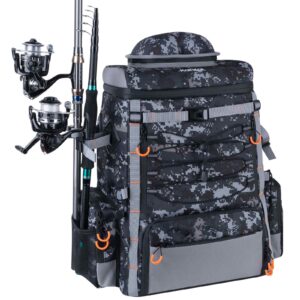
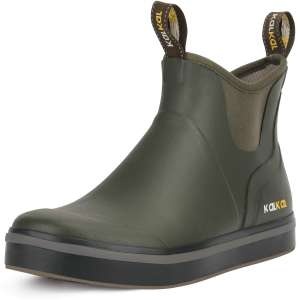
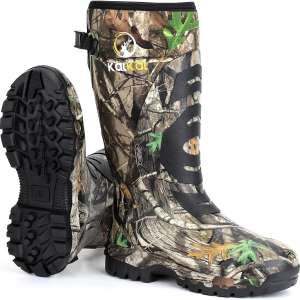
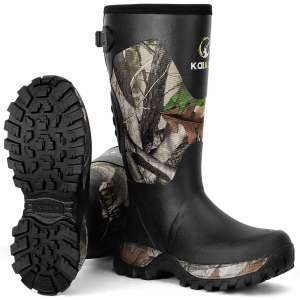
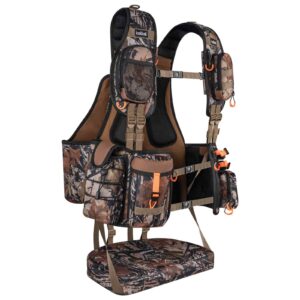



Leave a reply